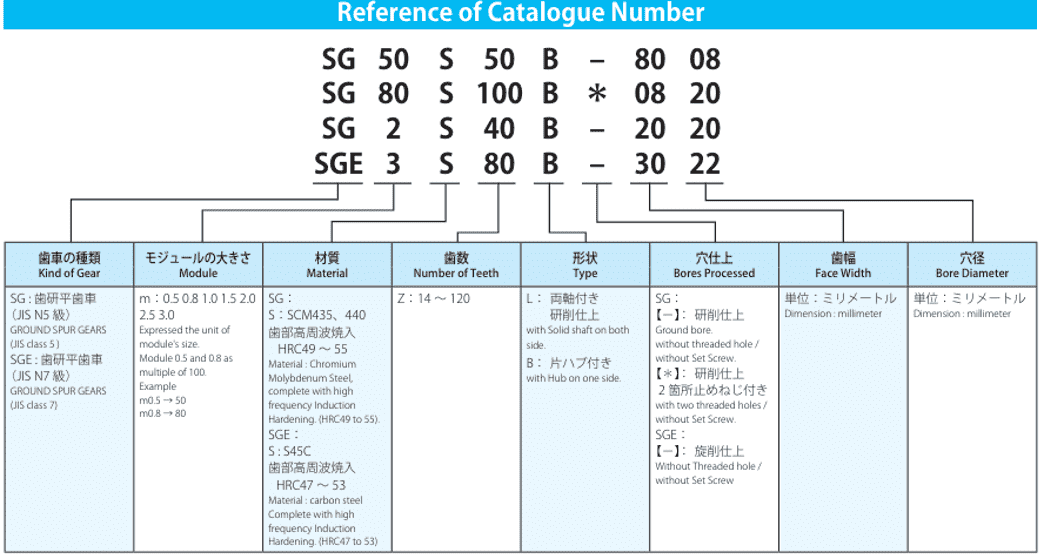The Future of RFID in Industrial Applications

The Future of RFID in Industrial Applications
Radio Frequency Identification (RFID) technology has been a game changer in industries worldwide, providing solutions for inventory management, asset tracking, and supply chain optimization. Over the years, RFID in industry has evolved, becoming an essential tool in various sectors. As technology advances, the potential applications of industrial RFID are expanding rapidly. This article explores the future of RFID in industrial applications, its evolving uses, and the opportunities it presents for businesses to improve operational efficiency.
Table of Contents
- Introduction
- Understanding RFID in Industry
- The Growing Role of RFID in Industrial Applications
- The Future Outlook: Innovations and Trends
- Conclusion
Understanding RFID in Industry
At its core, RFID technology uses radio waves to transfer data between a tag (attached to an object) and a reader. These tags can store information such as product details, location, and status, making it easier to track assets in real-time. RFID in industry, particularly in sectors like manufacturing, logistics, and retail, has already proven to be an invaluable tool for improving supply chain management, automating processes, and enhancing overall efficiency.
There are two types of RFID tags: passive and active. Passive tags, which require no internal power source, are activated when they come in proximity to a reader. Active tags, on the other hand, contain their own power source, allowing them to broadcast their signal over a longer range. Both types of RFID applications offer unique benefits depending on the needs of a particular industry.
The Growing Role of RFID in Industrial Applications
As industries strive for greater automation and precision, RFID technology is playing a pivotal role in transforming how businesses operate. The key industrial RFID applications can be found in several areas:
- Inventory and Asset Management
One of the primary uses of RFID in industry is in inventory management. With RFID systems in place, businesses can track inventory levels in real-time, reducing the risk of overstocking or stockouts. The integration of RFID with warehouse management systems allows companies to monitor goods across the supply chain, ensuring accurate inventory counts and timely replenishment.
In manufacturing environments, industrial RFID helps track the movement of raw materials, components, and finished goods. By eliminating manual data entry, companies can significantly reduce human error and improve the accuracy of stock levels. RFID also enables automatic replenishment by providing real-time data on item usage and location.
- Supply Chain Optimization
RFID technology is revolutionizing supply chain management by providing businesses with unprecedented visibility. Companies can track products at every stage of the supply chain, from raw material sourcing to delivery to the end customer. The real-time data provided by RFID tags enables better decision-making and minimizes disruptions.
Moreover, RFID applications help reduce delays, improve delivery accuracy, and prevent loss or theft of goods. As companies increasingly adopt RFID in industry, they can create more efficient, transparent, and traceable supply chains, driving significant cost savings and operational improvements.
- Preventive Maintenance and Equipment Tracking
Industrial RFID applications extend beyond inventory management and logistics. RFID technology is also being used for preventive maintenance in manufacturing environments. RFID tags can be placed on machines and equipment to track their usage, detect wear and tear, and schedule maintenance before costly breakdowns occur.
In industries such as automotive or aerospace, where equipment downtime is costly, industrial RFID helps businesses monitor the condition of machinery in real-time. By automating the process of equipment tracking, companies can improve maintenance schedules, extend the lifespan of machinery, and reduce operational interruptions.
- Employee Safety and Access Control
As workplace safety continues to be a top priority in industrial settings, RFID is being leveraged to improve employee safety and control access to restricted areas. RFID-enabled badges can be used to monitor the location of employees within a facility, ensuring they are in the right places and avoiding dangerous areas. This technology also allows businesses to monitor employee hours, streamline shift management, and track attendance.
Additionally, RFID applications in industrial access control systems ensure that only authorized personnel can enter restricted zones, further enhancing security protocols.
- Automation and Robotics
The future of RFID in industry is closely tied to automation and robotics. RFID technology plays a crucial role in enabling autonomous systems to function effectively. In manufacturing, RFID tags are used to guide robots and automated vehicles as they move products through the production line or warehouse. These systems can retrieve information from RFID tags to make decisions on routing, assembly, and other operations without human intervention.
As automation continues to gain momentum, the integration of RFID with robotic systems will allow industries to streamline processes, reduce human error, and enhance productivity.
The Future Outlook: Innovations and Trends
The future of industrial RFID looks promising, with several emerging trends and innovations set to shape its development in the coming years.
- Integration with IoT and Big Data
The integration of RFID with the Internet of Things (IoT) is one of the most exciting developments in industrial RFID. By connecting RFID-enabled assets to IoT networks, businesses can collect vast amounts of real-time data from various sources. This data can then be analyzed using big data analytics to generate insights that drive smarter decision-making.
The synergy between RFID, IoT, and big data will enable businesses to create more efficient and responsive operations. For example, RFID-enabled sensors can monitor the condition of machinery, while IoT systems track the environmental factors that affect production processes.
- 5G Connectivity
With the advent of 5G technology, RFID systems will become faster, more reliable, and capable of handling larger volumes of data. 5G networks will enhance the speed and responsiveness of RFID applications in industries such as logistics and manufacturing, enabling near-instantaneous communication between tags and readers.
This will allow businesses to monitor operations more effectively, improve real-time decision-making, and ensure a more seamless experience across the supply chain.
- Smarter RFID Tags
Future RFID tags will be smaller, smarter, and more capable of performing complex tasks. Advanced sensors and more powerful microchips will enable RFID tags to collect a wider range of data, such as temperature, humidity, and vibrations. This data will help businesses gain a deeper understanding of the condition of their assets and products.
Conclusion
As industries continue to evolve, the potential applications of RFID are bound to expand even further. From inventory management and asset tracking to predictive maintenance and automation, RFID in industry is set to revolutionize how businesses operate. The integration of RFID with emerging technologies such as IoT, big data, and 5G will unlock new possibilities and create more efficient, connected, and intelligent industrial ecosystems.
For businesses that want to stay competitive in the future, embracing industrial RFID is not just a smart decision — it’s an essential one. With its ability to improve efficiency, reduce costs, and enhance decision-making, RFID technology will remain at the forefront of industrial innovation for years to come.
Related Products
Here are some relevant statistics and facts you can include in the article to highlight the impact and potential of RFID technology in industrial applications:
-
Market Growth:
- The global RFID market size was valued at $10.5 billion in 2020 and is expected to expand at a compound annual growth rate (CAGR) of 14.5% from 2021 to 2028. This growth reflects the increasing adoption of RFID across various industries, including manufacturing, logistics, and retail. (Source: Grand View Research)
-
Inventory Management Efficiency:
- RFID systems can improve inventory accuracy by up to 99%, compared to manual or barcode-based systems. This significant improvement helps businesses reduce stockouts, improve stock rotation, and optimize their supply chains. (Source: Harvard Business Review)
-
Supply Chain Visibility:
- A survey by Zebra Technologies found that 70% of supply chain decision-makers plan to invest in RFID technology to gain better visibility and control over their operations in the next few years.
-
Cost Savings:
- RFID adoption in inventory management can reduce labor costs by up to 50%. This is due to the automation of inventory tracking and the reduction of manual errors. (Source: RFID Journal)
-
Asset Tracking and Maintenance:
- RFID technology can cut asset tracking time by up to 90%, leading to quicker identification and retrieval of assets, improving operational efficiency in industries like manufacturing and construction. (Source: Terso Solutions)
-
Employee Safety:
- In industrial environments, RFID-based safety solutions can help prevent accidents and improve worker safety. By tracking the location of employees and ensuring they stay in safe zones, companies can reduce workplace injuries. According to a study, companies implementing RFID for safety have seen a 30% reduction in workplace accidents. (Source: International Journal of Advanced Research in Electrical, Electronics, and Instrumentation Engineering)
-
Automation and Robotics:
- RFID-based systems are crucial for the automation of warehouses. Studies show that companies using RFID in automated environments can achieve up to a 25% increase in productivity by optimizing workflows and reducing manual intervention. (Source: McKinsey & Company)
-
RFID and the Internet of Things (IoT):
- The combination of RFID and IoT will lead to more connected and smarter systems. By 2025, it’s estimated that there will be more than 50 billion IoT devices connected worldwide, many of which will use RFID technology to provide real-time data. (Source: Statista)
-
5G and RFID:
- With the deployment of 5G networks, RFID systems will become even more efficient. 5G’s low latency and high-speed connectivity will allow real-time tracking and monitoring of industrial assets at a scale and speed previously unattainable. The integration of 5G with RFID is expected to increase supply chain efficiency by 20-30%. (Source: Deloitte Insights)




